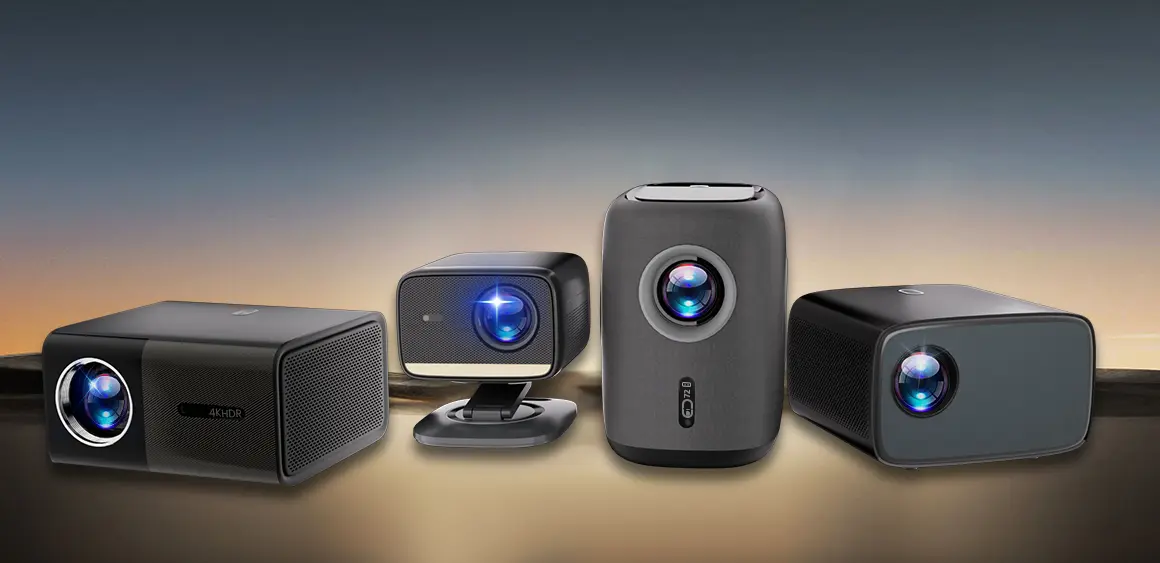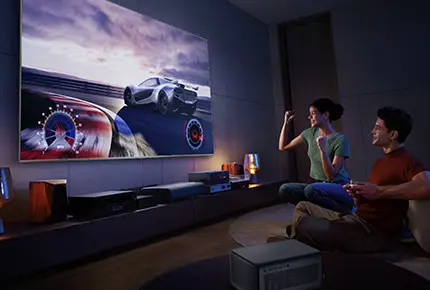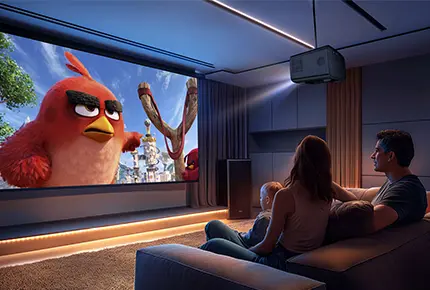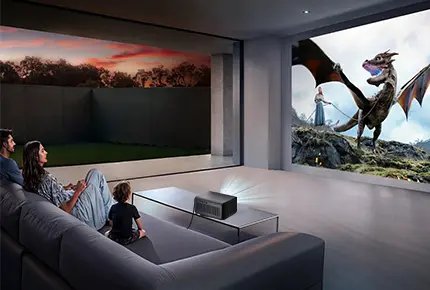Nowadays, there are so many kinds of projectors that they are overwhelming. If you are about to choose a projector but have no idea about it, then let us offer you some professional suggestions for your reference.
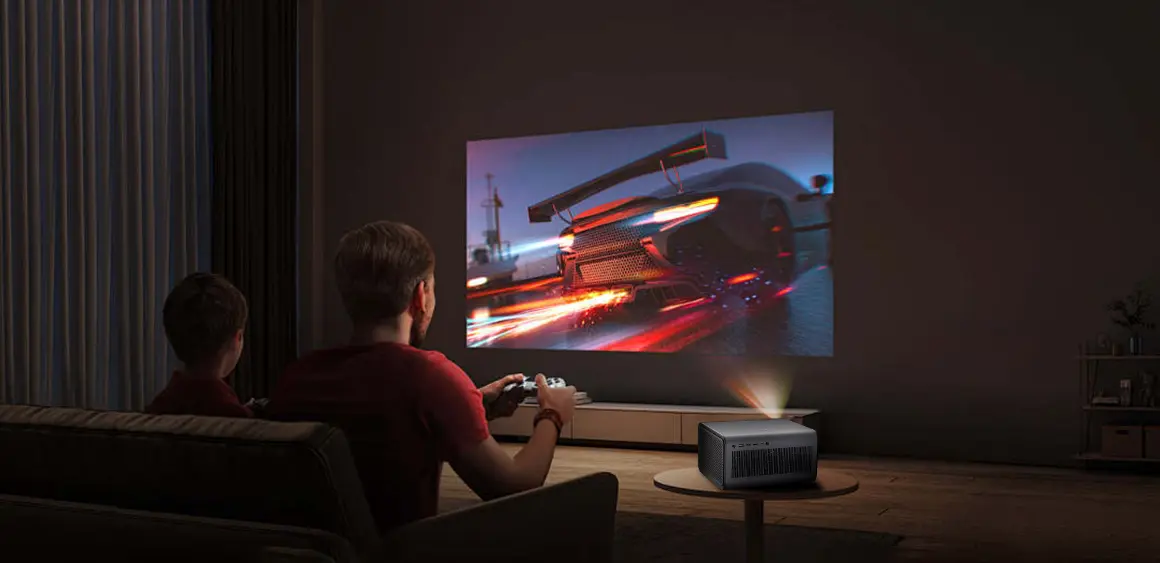
Resolution
Resolution is a key parameter for evaluating a projector. The clarity and detail display of images, videos are all determined by resolution. In general, the common basic projector resolutions include HD720P (1280*720), FHD1080P (1920*1080), UHD4K (3840*2160), and UHD8K (7680*4320). The higher of resolution, the picture will be more detailed, vivid and clearer. The details such as hairs and textures will be processed more clearly, and the viewing experience will be better. However, this also means that the price will be higher.
Here are some typical application scenarios for reference:
[720P] Small home use, small meeting rooms
[1080P] Home theater, medium-sized meeting rooms
[4K] High-end home theater, professional audio-visual rooms
[8K] Very few high-end commercial/ experimental products
Brightness
Generally, the brightness level is determined by the light source. Commonly used light sources include bulbs(high brightness, but short lifespan), LED lights(general brightness under 2500 ansi lumens, good color display ) and lasers (the brightness can reach 4000 ansi lumens, good anti-glare performance).
When evaluating brightness, either “ANSI lumens” or “ISO lumens” are typically used. The choice of brightness can be based on different ambient light scenarios.
In a well-shielded environment (such as a bedroom or a home theater room): 500-2000 ANSI lumens can ensure a fine picture quality without being dazzling.
In a bright environment (such as a living room or an office): 2000-3000 ANSI lumens are needed to resist the interference of ambient light and maintain a clear picture.
In outdoor strong light scenarios: It is recommended to have 4000 ANSI lumens or more to ensure the visibility of the picture.
It is worth noting that higher brightness is not always better. For instance, in a dimly lit room, if the brightness is too high, it may cause color distortion (such as loss of details in the dark areas and a decrease in contrast), and strong light can also have adverse effects on the eyes.
Power
The power of a projector is mainly related to factors such as energy consumption, brightness, heat dissipation requirements, and volume design:
In terms of energy consumption and electricity cost, high power (200-400W) commonly found in traditional bulb or laser projector models, they consume more power and have higher electricity costs over the long term. Low power (50-150W) mostly LED light source or low-brightness models, they are more energy-efficient and suitable for long-term use.
In terms of brightness performance, usually high-power has higher brightness (above 2000 lumens), suitable for daytime or bright environments (such as meeting rooms, classrooms). Low-power has lower brightness (500 – 1500 lumens), more suitable for dim light environments (such as bedrooms, home theaters).
Moreover, high power usually demands greater heat dissipation, and the fan noise is more pronounced (possibly above 40db), which may affect the immersive experience of watching movies. Low power generates less heat and has lower fan noise (below 30 db), making it suitable for quiet environments.
High-power models are usually larger in size and are mainly for fixed installation (such as for business and educational purposes). Low-power models, on the other hand, are designed to be lightweight and are commonly found in portable projectors (such as for camping and mobile office use).
From the perspective of applicable scenarios, generally, high power is suitable for commercial display, large classrooms, outdoor activities and other scenarios that require high brightness. Low power is more suitable for home audio-visual, bedroom entertainment, and small meetings where portability and quietness are highly demanded.
System
Built-in intelligent operating systems such as Android and Linux can operate independently and connect to the internet. They can install applications (such as video platforms and music software), play streaming media, cast content, and play games without the need for external devices. They support downloading various apps and have rich expansion functions. Generally, it is recommended to choose projectors with intelligent systems.
Projectors without systems are relatively low in price, stable in performance, have flexible interfaces, are more dependent on external devices, and have poor scalability. They are suitable for business presentations, educational scenarios, and professional audio-visual rooms.
Projection Ratio
The Throw Ratio of a projector is one of the important parameters when choosing a projector. It directly affects the adaptability of the projected image size within a specific space.

